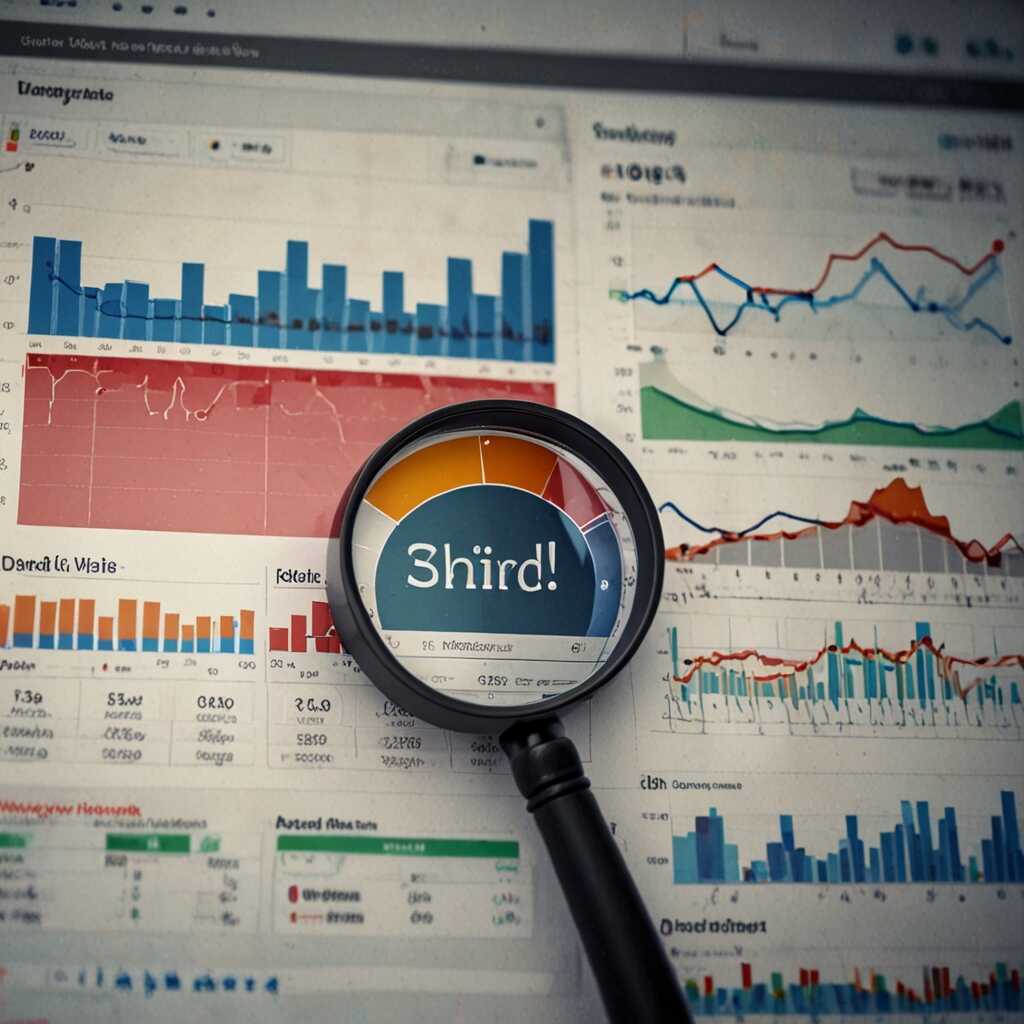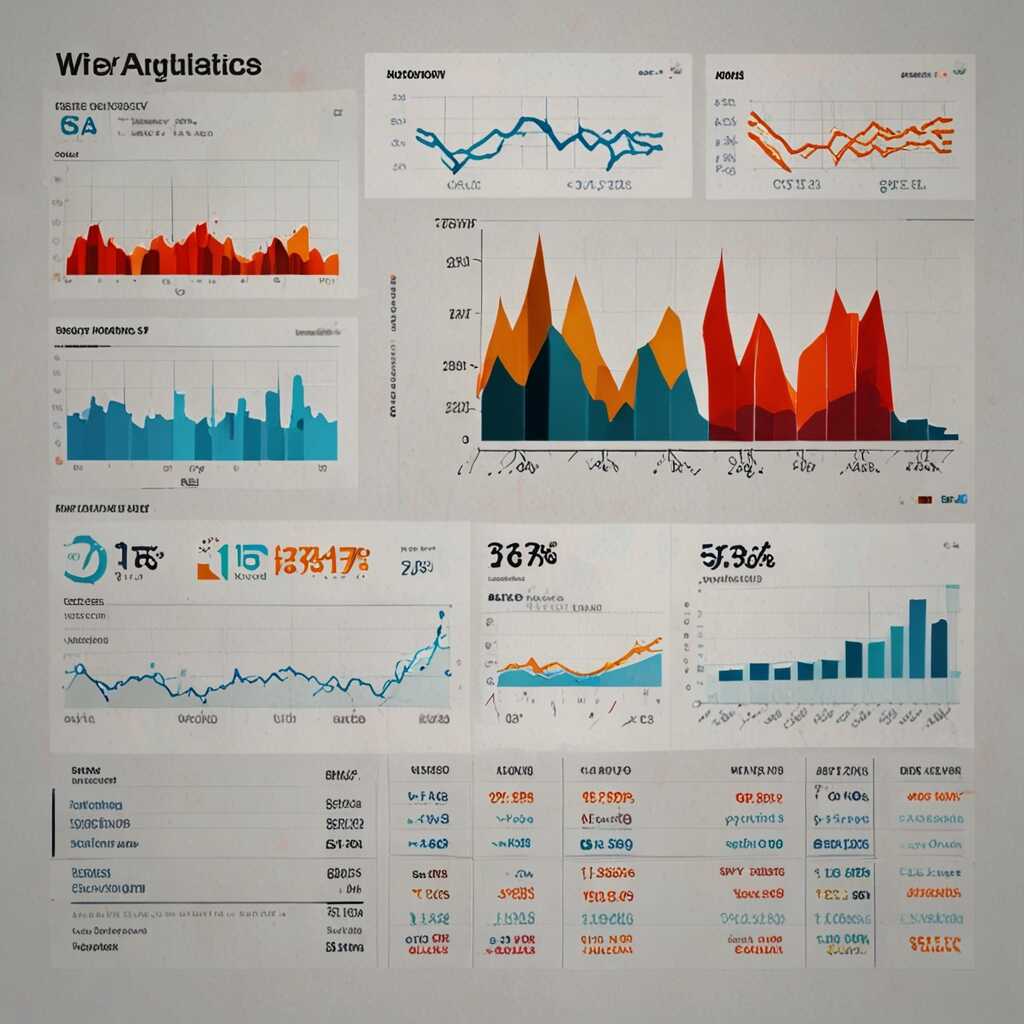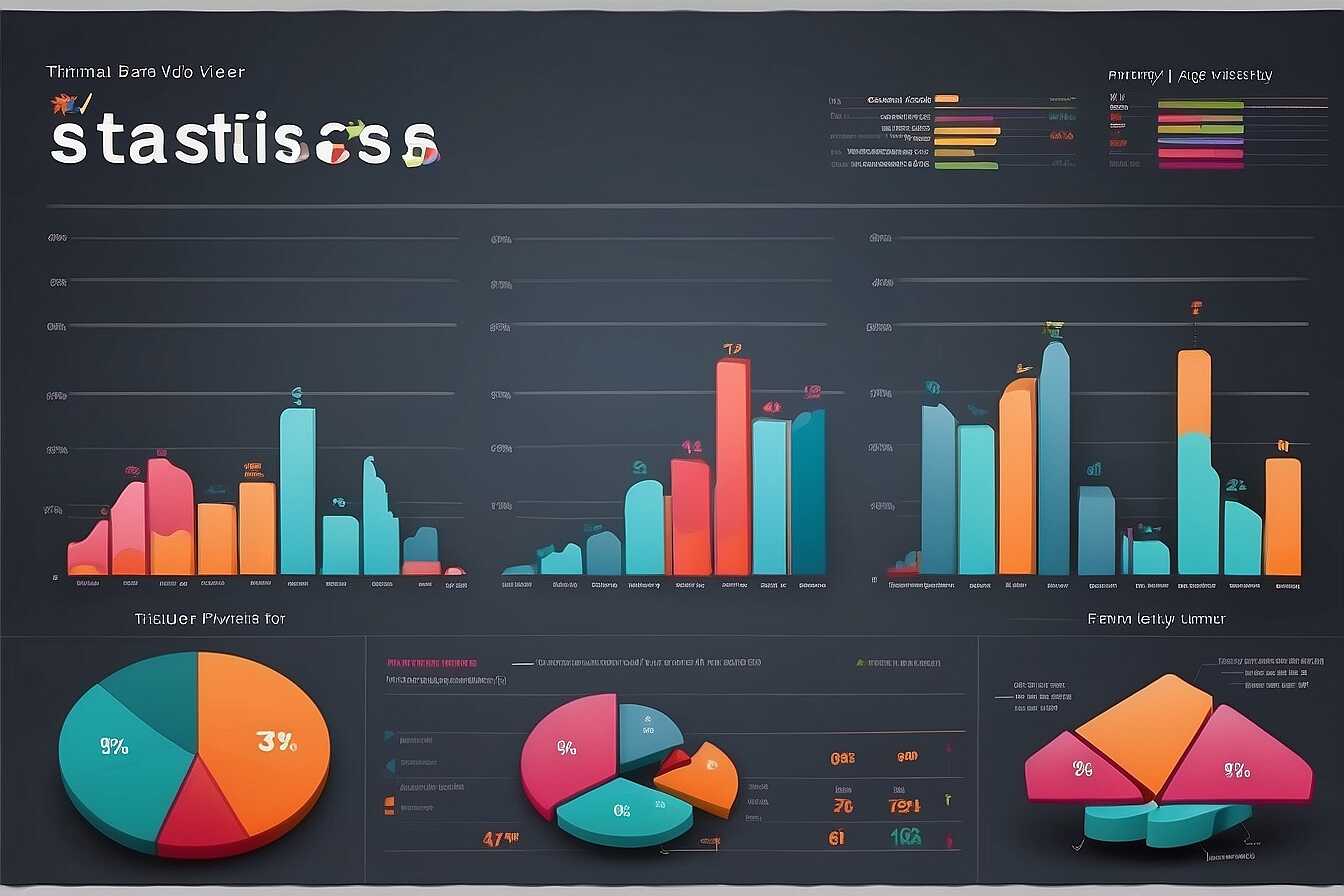Managing crawl budget issues for e-commerce websites is crucial for enhancing visibility and indexing efficiency. A well-optimized crawl budget allows search engines to effectively discover and index product pages, which is vital for e-commerce success. At Metrics Rule, we provide effective technical SEO strategies tailored to your unique site challenges, ensuring that your crucial product content is prioritized and visible on search engines. By addressing crawl budget management, you can improve your overall site performance and attract more potential customers.
Understanding the Concept of Crawl Budget for E-commerce Websites
Crawl budget is the number of pages a search engine crawls on your site within a specific timeframe. For large e-commerce websites, having an effective crawl budget management strategy is essential. Search engines like Google continuously index your product pages, ensuring that they appear in relevant search results. Proper management of crawl budget can significantly enhance your e-commerce indexing and website visibility, leading to increased traffic and conversions.
Optimizing Crawl Budget for Maximum Visibility
Optimizing crawl budget is crucial for maximizing visibility on search engines. E-commerce sites often have thousands of product pages, but not all are equally vital. By focusing on technical SEO strategies like sitemap optimization, robots.txt file configuration, and reducing duplicate content, you can ensure that important pages get crawled more efficiently. This optimization helps search engines prioritize valuable pages while minimizing wasted crawl resources. Furthermore, maintaining page speed and structural integrity boosts crawling efficiency, making it easier for search engines to index your site effectively.
Assessing Your Website’s Crawl Budget Health
To effectively evaluate your website’s crawl budget efficiency, focus on metrics like crawl frequency, pages crawled per visit, and your site’s response time. Tools like Google Search Console provide essential insights, showing how often Googlebot visits your site. By analyzing crawl statistics available in the console, you can discover specific pages that get crawled less frequently. Screaming Frog can help you identify duplicate content and redirect chains that may disrupt crawling and indexing. A well-optimized e-commerce site should ideally have around 90% of its product pages indexed to maintain robust performance.
Analyzing Key Metrics for Improved Crawl Efficiency
Delving deeper into your site’s crawl budget analysis requires a clear understanding of metrics like pages per session and response time. Google Search Console reveals the number of pages crawled on average per day, which helps ensure that your most critical pages remain indexed. A fast site response, ideally under 200 milliseconds, enhances the crawling experience. Use Screaming Frog to uncover pages with errors and make adjustments to improve overall indexing efficiency. By focusing on these metrics, you can effectively enhance your e-commerce site’s visibility and performance.

Creating an Effective Sitemap for Search Engine Optimization
A well-structured sitemap is essential for improving crawl efficiency and enhancing indexing for e-commerce websites. Key components of a good sitemap include a clear hierarchy, proper categorization of URLs, and regular updates to ensure all product pages are included. By including the most important URLs and excluding unnecessary ones, you help search engines like Google and Bing navigate your website easily. This is crucial for e-commerce sites since a well-organized sitemap directly impacts their visibility in search results.
Best Practices for E-commerce Sitemap Optimization
Implementing best practices for e-commerce sitemap optimization can greatly enhance your website’s search performance. Start by ensuring your sitemap structure lists all key product pages while avoiding duplicate content. Organize your sitemap into categories based on product types or collections to help search engines understand your site’s architecture. Additionally, limit your sitemap to a maximum of 50,000 URLs to remain within the recommended limits, ensuring efficient crawl management. Regularly update your sitemap to mirror changes in product availability, quickly notifying search engines of new pages, which is essential for fast indexing.
Key Numeric Statistics for Effective Site Discoverability
- Search engines can crawl about 15-20 pages per second.
- 73% of customers rely on search engines for product research.
- Google prioritizes up to 100,000 URLs per domain in its index.
- E-commerce sites can save up to 30% crawl budget with optimized sitemaps.
- Every additional 100 URLs can reduce the crawl efficiency by 10%.
- Pages with low internal links get crawled less than others by 50%.
- Fast sites can be crawled 50% more often than slower ones.

Strategies for Optimizing Your Robots.txt File
A properly optimized robots.txt file is vital for improving crawl budget management and maximizing the efficiency of search engine crawling for your e-commerce website. By specifying which pages or sections of your site should be crawled, you direct search engines toward important product pages while keeping less valuable pages out of the index. This prioritization enhances your site’s performance analysis and speeds up indexing. Essential directives for a well-structured robots.txt file include allowing access to vital URLs like product pages and disallowing less useful ones, such as duplicate content, admin pages, and unimportant parameters. Testing these settings through Google Search Console can help ensure they are applied correctly and yield the desired results.
Essential Directives for E-commerce Robots.txt Files
When creating a robots.txt file for e-commerce sites, it is crucial to include specific directives tailored for optimal results. Start with the User-agent directive, which specifies which crawlers the rules apply to. Use Allow to indicate which specific e-commerce pages, like product listings or categories, should be crawled. Additionally, utilize Disallow to restrict access to pages that do not contribute value, such as cart pages or user account sections. To enhance efficiency, consider adding Sitemap directives to guide search engines directly to your site’s sitemap URL. Regularly review and test your robots.txt file to ensure its performance aligns with your site’s evolving SEO strategy.

Eliminating Duplicate Content for Better Crawl Performance
Duplicate content issues can significantly impact your e-commerce site’s crawl budget. Common types include product variations, similar product descriptions, and content syndication across different platforms. Tools like Google Search Console and Screaming Frog are essential for identifying these issues. Google Search Console alerts you to duplicate page issues, while Screaming Frog allows for in-depth crawling analysis. It’s estimated that as much as 30% of a site’s crawl budget can be wasted on duplicate content.
Effective Techniques to Resolve Duplicate Content Problems
To resolve duplicate content problems efficiently, implement canonical tags on identical pages to inform search engines about the preferred version. Ensure that your product descriptions are unique by emphasizing key features, benefits, and user experience. You can also consolidate similar pages using 301 redirects, which helps improve overall site performance. Regular audits with tools like Screaming Frog can help you maintain a clean site structure, ensuring optimal crawling. This proactive approach enhances your e-commerce site optimization and helps Google prioritize your best pages.
Advantages of Enhancing Website Indexing Practices
- Boosts visibility, leading to higher traffic and sales.
- Improves user experience through faster and easier access to product pages.
- Reduces the risk of search engines missing valuable content or product pages.
- Ensures that important URLs, like product listings, are prioritized by search engines.
- Can increase return on investment (ROI) from your digital marketing efforts.
- Helps in maintaining relevancy in search results against competitors.
- Increases the likelihood of appearing on the first page of search results.

Highlighting Critical Pages for Enhanced Crawling Efficiency
Identifying critical pages on your e-commerce website is vital for improving crawling efficiency. To determine which pages should receive the most attention from search engines, start by analyzing metrics such as organic traffic, conversion rates, and user engagement. High-value products often exhibit higher search demand, increased sales revenue, or a strong connection to your brand’s identity. By assessing these metrics through tools like Google Analytics or popular SEO tools, you can prioritize the pages that maximize visibility and drive conversions. Generally, aim to focus on 20% of your site’s pages that generate over 80% of your traffic. This approach will help enhance your site’s overall indexing and visibility.
Analyzing Key Metrics for Critical Page Identification
To effectively analyze key metrics for identifying critical pages, combine data from Google Analytics and search console tools. Look at the number of impressions, clicks, and average position for the top-performing pages. Additionally, leverage keyword research tools for comprehensive data on high-value products. Assessing these metrics will reveal which pages provide the most significant return on investment. It’s essential to keep in mind that high-value products are not just defined by sales but also by the overall engagement they foster on your site. A thorough review of these data points enables more informed decision-making about prioritizing pages that can enhance your website’s crawling efficiency.
Implementing Log File Analysis for Crawl Insights
Analyzing log files is essential for enhancing crawl budget management on e-commerce websites. Start by reviewing the log files to identify server response codes. Pay attention to 200 OK codes, as these indicate successful page loads, while 404 and 500 codes require immediate fixes to improve reliability. User agents in the logs tell you which search engine bots are crawling your website. Analyzing different agents helps you understand their behavior and frequency. Request methods, such as GET and POST, provide insights into how visitors interact with your site. This data helps prioritize pages that need optimization. Lastly, based on best practices, aim for around 20-30% of your total traffic to be crawled by search engine bots.
Understanding Server Response Codes for Better Crawling Efficiency
Server response codes significantly influence how search engine bots interact with your e-commerce site. A consistent review of response codes can reveal underlying issues affecting crawl efficiency. For example, if a high percentage of requests return 404 errors, this signals to bots that the pages are not reliable, leading to lower indexing priority. Optimize these pages by redirecting them or reinstating relevant content. Additionally, 500 server errors indicate server malfunctions, requiring immediate attention to enhance performance. By ensuring you address these response codes, you improve the overall user experience and help search engines effectively crawl and index your ecommerce site.
Top E-commerce Platforms & Their User Appeal
- Shopify is great for small businesses due to its easy setup and management.
- Magento offers advanced capabilities suitable for large companies needing customization.
- WooCommerce is user-friendly, appealing to WordPress users for seamless integration.
- BigCommerce excels in scalability, attracting brands preparing for growth.
- Amazon empowers small sellers through its massive existing user base.
- eBay drives sales for unique products, drawing in niche audiences.
- Wix appeals to creatives looking to build visually striking sites quickly.
Continuous Monitoring and Adaptation of Crawl Strategies
Effective crawl budget management requires constant attention. Regularly monitoring crawl performance helps identify issues like low indexing rates or unoptimized pages. Utilize tools like Google Search Console and Screaming Frog to analyze your site’s crawling data and identify opportunities for improvement. It’s beneficial to review crawl statistics at least once a month, ensuring your strategies align with changes in your site or the wider SEO landscape. This ongoing assessment not only enhances the efficiency of your e-commerce site but also helps maximize overall visibility in search engine results.
Analyzing Crawl Data for Better Efficiency
Analyzing crawl data provides essential insights into how search engines index your website. By focusing on crawl performance analysis, you can determine which pages receive the most attention and which ones are overlooked. Regular reviews of crawl behavior can help you pinpoint problematic areas and optimize them accordingly. Implementing technical SEO strategies, such as adjusting your sitemap or refining your robots.txt file, can significantly improve the indexing of crucial product pages. Consistent data-driven adjustments can make your e-commerce platform more resilient and adaptable in an ever-changing digital environment.
